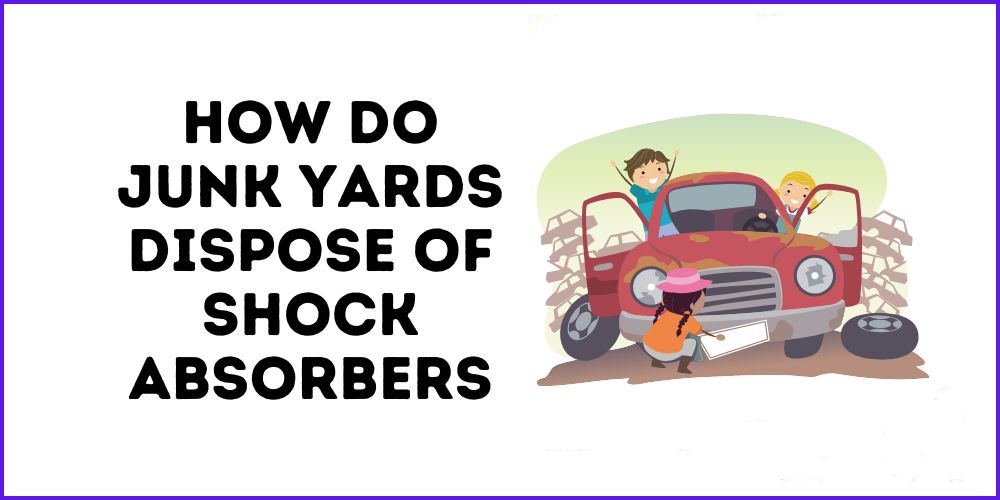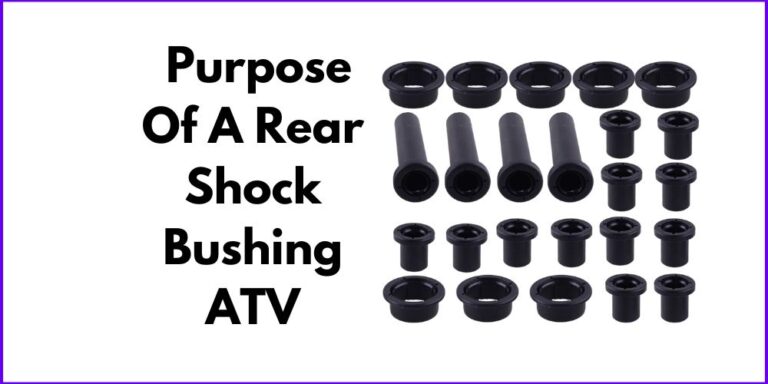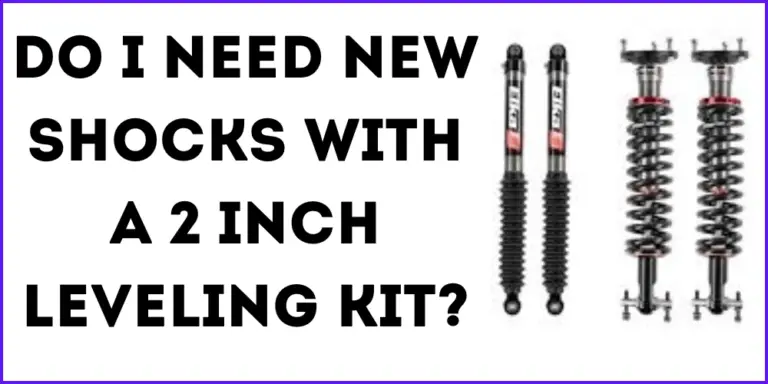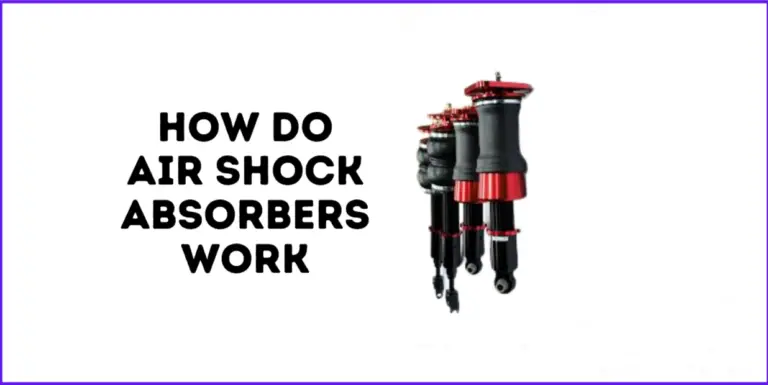Shock absorbers are an essential component of a vehicle’s suspension system. They help to smooth out the bumps and vibrations experienced while driving, by absorbing and dampening the shock from the road. Without functioning shock absorbers, a vehicle’s ride would be bumpy and uncomfortable, and the vehicle’s handling and stability would be compromised.
Proper disposal of shock absorbers is crucial for both environmental and safety reasons. Shock absorbers contain harmful chemicals and materials that can leach into the soil and water if not disposed of properly. In addition, worn or damaged shock absorbers can pose a serious safety risk to the vehicle and its occupants.
In this post, we will explore the process of how junkyards dispose of shock absorbers, the environmental impact of improper disposal, and the importance of recycling and proper disposal for both the environment and safety.
How Many Years Do Shocks Last?
On average, shock absorbers can last around 40,000 to 90,000 miles. However, this lifespan can be shortened if the vehicle is driven in harsh conditions, such as on poorly maintained roads or in areas with extreme temperatures. Additionally, if the vehicle is frequently driven at high speeds or is used for towing or hauling heavy loads, the shock absorbers will likely wear out more quickly.
The quality of the shock absorber can also play a role in its lifespan. High-quality shocks will typically last longer than lower-quality shocks, as they are made with better materials and are designed to withstand more wear and tear. However, regular maintenance of the suspension system, such as having the shocks inspected and replaced as needed, can help prolong the life of the shock absorbers.
Symptoms of worn-out shock absorbers include:
- Uneven tire wear
- Nose diving during braking
- Rough ride
- Difficulty maintaining control of the vehicle
- Excessive bouncing after hitting a bump
- Leaning while taking turns
It’s important to pay attention to these signs and have the shocks inspected and replaced as needed to ensure the safe operation of the vehicle and to improve the vehicle’s handling and ride comfort.
What Do You Do With Old Shock Absorbers?
Old shock absorbers can be disposed of in a number of ways, depending on their condition and the regulations in place in your area. Some common methods include:
- Reselling or reusing: If the shock absorbers are still in good working condition, they can be sold as replacement parts for other vehicles or to repair shops.
- Salvaging usable parts: If the shock absorbers are not in working condition, usable parts such as metal housing, bushings, and other components can be salvaged and used to repair or manufacture new shock absorbers.
- Recycling: The metal components of shock absorbers can be recycled at a metal recycling facility.
- Proper disposal: Shock absorbers contain harmful chemicals such as oil and hydraulic fluid that must be properly drained and disposed of to prevent pollution.
How Junk Yards Dispose of Shock Absorbers?
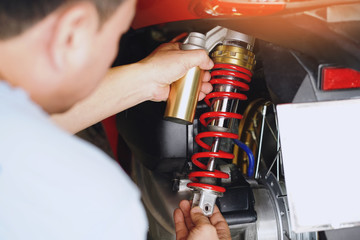
1. Sorting and categorizing shock absorbers
When a vehicle reaches the end of its life and is sent to a junkyard, the process of disposing of the shock absorbers begins. The first step is sorting and categorizing the shock absorbers. The yard workers will inspect each shock absorber to determine its condition and whether it can be reused or recycled.
2. Testing and evaluating shock absorbers
Next, the shock absorbers are tested and evaluated to ensure that they are in working order. If the shock absorbers are still functional, they will be removed from the vehicle and set aside for resale or reuse. These shock absorbers can be sold as replacement parts for other vehicles or to repair shops.
3. Salvaging usable parts from shock absorbers
If the shock absorbers are not in working condition, the yard workers will salvage usable parts from them. These parts can include metal housing, bushings, and other components that can be used to repair or manufacture new shock absorbers.
4. Recycling and disposal of non-usable shock absorbers
Finally, the non-usable parts of the shock absorbers are recycled or disposed of properly. Shock absorbers contain harmful chemicals such as oil and hydraulic fluid that must be properly drained and disposed of to prevent pollution. The remaining metal components are then sent to a metal recycling facility.
How to Tell if Shock Absorbers Are Worn Out?
There are several signs that indicate that shock absorbers may be worn out and in need of replacement. These signs include:
- Uneven tire wear: Worn-out shock absorbers can cause uneven tire wear, as they are not able to properly absorb and dampen the energy created by the movement of the wheels.
- Nose diving during braking: If the front end of the vehicle dips down excessively when braking, it could be a sign that the shock absorbers are worn out.
- Rough ride: Worn-out shock absorbers can make the ride of the vehicle feel rough and bumpy.
- Difficulty maintaining control of the vehicle: Worn-out shock absorbers can make it more difficult to steer and control the vehicle, especially on rough or uneven surfaces.
- Excessive bouncing after hitting a bump: If the vehicle continues to bounce after hitting a bump, it could be a sign that the shock absorbers are worn out and not properly absorbing the energy from the impact.
- Leaning while taking turns: If the vehicle leans excessively when taking turns, it could be a sign that the shock absorbers are worn out and not providing adequate support to the suspension system.
Conclusion
We hope that we now know more about shock absorbers and the important role they play in the vehicle suspension system. Still, you might have questions about your specific car or truck. Don’t see your make and model listed above? Check with a reputable auto supply store to see if they can help you figure out where to dispose of these car parts.

